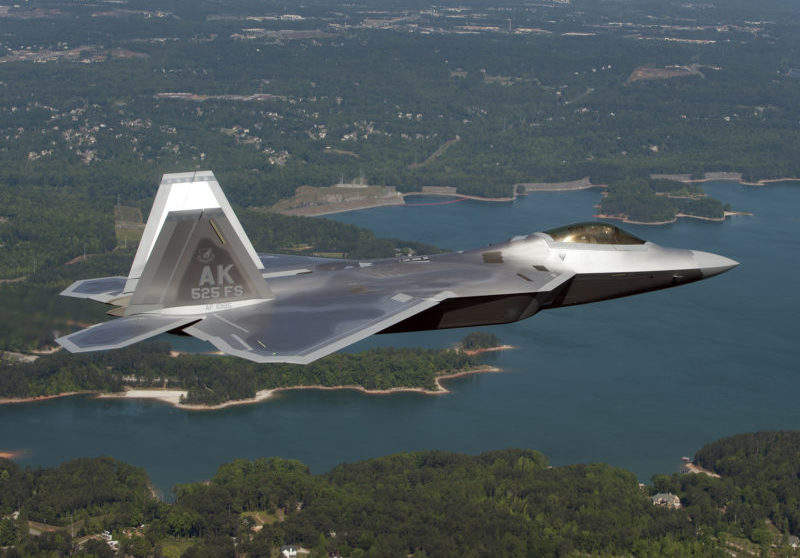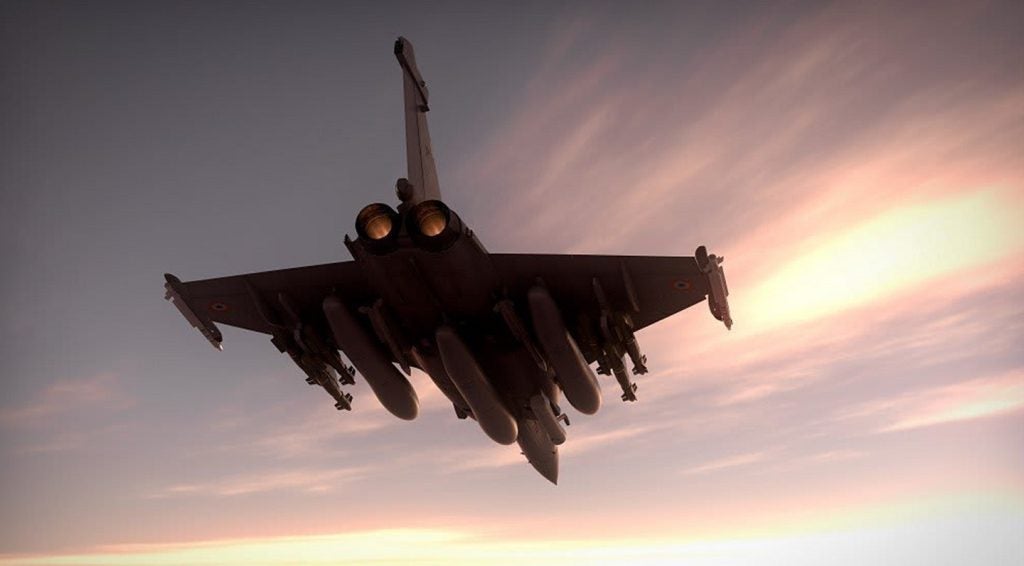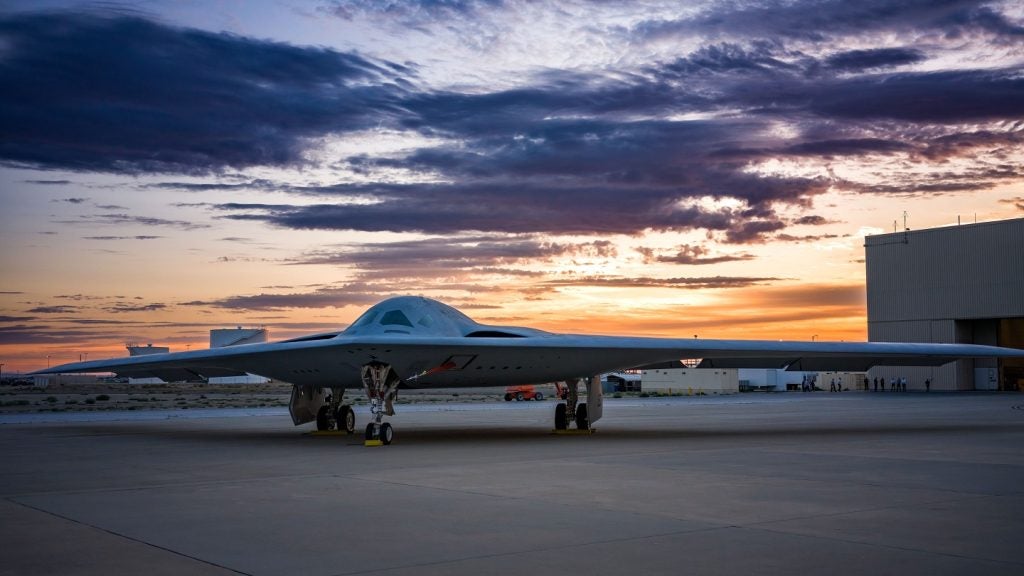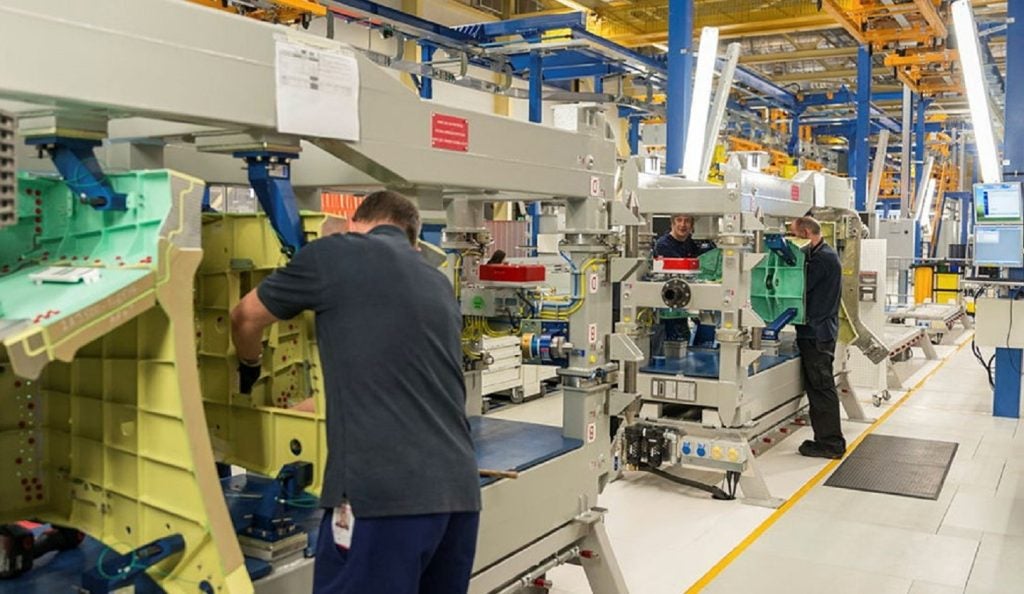
Aircraft are increasingly having to develop in new directions as the dogfights of the past become confined to history, modern air combat instead becoming defined by next-generation technology and the control that nations have over it.
With fifth-generation fighters coming into play, and the sixth-generation already in development, militaries seeking air superiority are pushing innovation to bring hypersonic, supermanoeuvrable and stealth-capable technology into action. Aircraft such as the F-22 Raptor have grabbed the headlines for their expense and capability, and the US is aggressively modernising across the board, but other nations, such as China and Russia are working to produce competitors for air superiority. Air combat is rapidly changing across the board, the question that remains is what will come to define the next-generation?
Fifth and sixth-generation fighters: combining stealth, supersonic, and highly integrated avionics
The Lockheed Martin/Boeing F-22 Raptor is the world’s first operational stealth fighter and widely recognised as the most advanced, and at $150m most expensive, military fighter currently flying. This fifth-generation fighter – the term given to aircraft that combine stealth technology, supersonic cruising speed and highly integrated avionics – has advanced electronic scanning array (AESA) radar, ground attack, electronic warfare and signal intelligence capabilities, and can fly in excess of Mach 2.
The new fourth-generation Chengdu J-20 is the first multi-role stealth fighter in China’s armed forces. Capable of air-to-air and air-to-ground combat, it carries more fuel and weapons than the US F-22 Raptor, and features fifth-generation subsystems and field signature reduction technology.
The Sukhoi Su-57 is a product of the Russian Air Force’s PAK FA fifth-generation fighter programme and will succeed the MiG-29 and Su-27. The Sukhoi Su-57 is believed to have supercruise, stealth, supermaneuverability and advanced avionics, and the capacity to carry up to 7,500kg of ordnance.
The US F/A-XX programme is developing a sixth-generation air superiority fighter for the post-2030 anti-access/area denied environment. Boeing’s multi-role F/A-XX strike aircraft could be manned or unmanned, and replace the US Navy’s F/A-18E/F Super Hornet as early as the late-2020s.
How well do you really know your competitors?
Access the most comprehensive Company Profiles on the market, powered by GlobalData. Save hours of research. Gain competitive edge.

Thank you!
Your download email will arrive shortly
Not ready to buy yet? Download a free sample
We are confident about the unique quality of our Company Profiles. However, we want you to make the most beneficial decision for your business, so we offer a free sample that you can download by submitting the below form
By GlobalDataOperating at the leading edge of unmanned combat aerial vehicle technology, Northrop Grumman’s X-47B is a tailless drone capable of semi-autonomous operation and aerial refuelling.
In March, the US Navy landed a F/A-18 jet on the flight deck of the Abraham Lincoln aircraft carrier using the remote-controlled ATARI (aircraft terminal approach remote inceptor) joystick system.
Surveillance and patrol: taking ISR to the next level
Replacing the iconic SR-71 Blackbird is a tall order, but the Lockheed SR-72 – a hypersonic strike and reconnaissance UAV theoretically capable of speeds up to Mach 6 – could do so within a decade. Analysts believe hypersonic technologies, including a combined cycle propulsion system that blends a rocket and a supersonic jet engine, may be advanced enough to make the SR-72 concept a reality. Armed with hypersonic missiles, and intelligence, surveillance and reconnaissance (ISR) capabilities, the unmanned SR-72 will also benefit from a ‘digital twin’ that knows every part on the aircraft.
The MQ-4C Triton unmanned aircraft system has the potential to take ISR to the next level. Boasting 360° sensor coverage, it supports a wide range of missions including signals intelligence, search and rescue, and communications relay, and, flying for more than 24 hours at altitudes in excess of ten miles, is capable of monitoring one million square nautical miles in a single flight.
The US Army believes signal jammers mounted on drones such as the MQ-1C Gray Eagle that disrupt enemy communications will dominate electronic warfare, and is fast-tracking purchase contracts.
China is building its first aircraft carrier-borne early-warning plane. The KJ-600 will be fitted with a sophisticated AESA radar, enabling it to monitor a wider range of signals and spot stealth aircraft such as US F-22s and F-35s at a very long range compared with shipboard surveillance radars. The KJ-600 is likely to be compatible with the Chinese Navy’s new advanced electromagnetic launch system, which launches jets more quickly and effectively than ramps on existing carriers.
The B-21 Raider leads stealth bombing development
The B-21 Raider is a product of the US Government’s Long Range Strike Bomber programme aimed at developing a heavy-payload stealth aircraft capable of delivering thermonuclear weapons. Operated by an onboard crew or piloted remotely, the B-21 incorporates flexible payload and the latest stealth technology to elude sophisticated multi-frequency Russian and Chinese air defences. The USAF plans to purchase 80–100 LRS-B aircraft at a cost of $550m each from contractor Northrop Grumman and the new generation of bombers are scheduled to be operational by the mid-2020s.
A critical review of the B-21 project will focus on developing the most advanced stealth properties such as coating and configuration, as well as heat signature suppression technologies, all of which are designed to ensure that enemy radar “pings” struggle to identify an approaching bomber.
A recent report published by the Mitchell Institute for Aerospace Studies, The Imperative for Stealth, suggested that the key to outsmarting advanced multi-frequency air defences could be found in “broadband stealth”, the name given to cloaking using cross section-reducing tailless designs.
“The B-21 image released by the USAF depicts a design that does not use vertical flight control surfaces like tails,” the report read. “Without vertical surfaces to reflect radar from side aspects, the new bomber will have an RCS (radar cross section) that reduces returns not only from the front and rear but also from the sides, making detection from any angle a challenge.”
In addition, news.com.au reports that increasingly accurate and realistic computer simulations are also playing a huge role in the development of technology needed to defeat modern air defences.
Refuelling technology and AOC modernisation
Selected by the USAF to replace its fleet of ageing KC-135 Stratotankers, the Boeing KC-46 Pegasus is among the most advanced military aerial refuelling and strategic transport aircraft in operation. Developed by Boeing from its 767 jet airliner, the wide-body, multirole tanker can refuel all US, allied and coalition military aircraft, and is also designed to carry passengers, cargo and medical patients. The Pegasus can also detect, avoid, defeat and survive threats using multiple layers of protection.
Software company Pivotal, backed by Dell EMC, VMware, GE, Microsoft and Ford, has developed a tanker refuelling solution for the USAF with the US Defense Innovation Unit Experimental (DIUx); Running on the firm’s Pivotal Cloud Foundry platform, the software solution was built for under $2m in 90 days and is now being used in operational areas including Qatar. It currently saves the US Air Force $1 million per day in fuel costs, with the software being managed by just one person. It also aligns with USAF’s Air Operations Centre (AOC) capabilities via a continuous delivery software development pipeline to a hybrid cloud-based platform alongside the legacy AOC 10.1 system.
Under the AOC modernisation process, personnel will work with developers to update software based on their operational priorities. Continual updates will be tested and run on the cloud, and added to the AOC in so as not to interfere with critical missions. The goal, once this platform and software pipeline is established, is for the USAF to begin an ‘iterative improvement process’.
“The USAF can now build software with the same capabilities as Silicon Valley developers such as Google,” says Zach Larson of Pivotal Labs San Francisco. “The flexibility and resilience offered allows teams to move quickly and update applications on a weekly or daily basis – if necessary.
“Together with the USAF, we are now working on a targeting system app which improves the coordination and management of airstrikes, as well as gathering analytical data following airstrikes and the study of possible new targets.”






